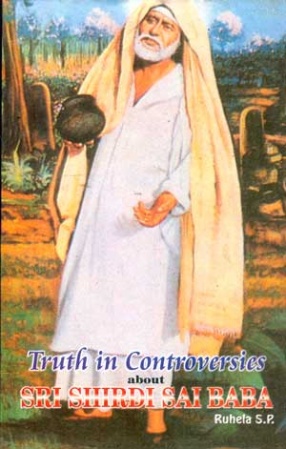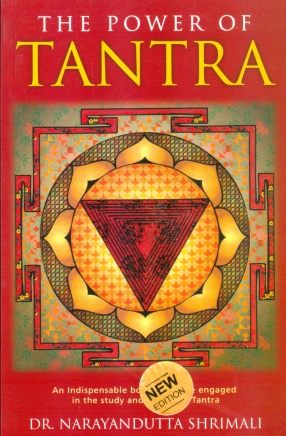Devi: Goddesses of India
Synopsis
In Hinduism, 'God' very often means 'Goddess'. The present book is a collection of essays revealing the complex feminine divinity in Hinduism in relation to Devi, the great Goddess - presenting the liquid Goddess, energy of the River Ganges, the possessing, entralling heat of Bhagavati and Seranvali, the local Goddess like Vindhyavasini and global like Kali, the ancient like Saranyu and modem like Bharat Mata. After a prologue on the 'The Goddess in India' by author, Part One, entitled 'Goddess as Supreme and Goddess as Consort,' contains five chapters. The opening chapter on 'Devi - The Great Goddess' by Thomas B. Cobum explores the richness of vision of the Devi Mahatmya, a portion of the Markandeya-Purana. Devi is Mahamayawith a cosmic status as Sakti. 'Vindhyavasini - Local Goddess yet great Goddess', compiled by Cynthia Ann Humes, portrays a tribal Goddess of Vindhyachal, glorified in the Vindhya-MahStmya, which elaborates the local concentration of the Goddess's transcendent activity. Kali, the ancient, fierce and terrible Goddess, is sometimes described as beautiful. David R. Kinsley in 'Kali - Blood and Death out of Place' attempts to make sense of Kali within the context of the Hindu religious tradition, showing how Devi's three great aspects - Maya, Prakni and Sakti - take on new forms when repressed through Kali. Vasudha Narayanan writes on 'Sri - Giver of Fortune, Bestower of Grace'. Sri, the consort of Visnu, is the giver of wealth and of salvific grace, she grants worldly prosperity as well as liberation. 'Radha - Consort and Conqueror of Krishna' is penned by Donna M. Wuiff, who examines claims about RadhS's metaphysical states and focuses on her representation in poetry, song and drama, as also her portraits in Sanskrit plays and in Bengali padavIi kirtan. Radha is Krishna's blissful energy, his hladini Sakti, through at times she is considered superior to Krishna. Part Two of the book deals with 'Goddesses who Mother and Possess'. The first chapter of Part Two is 'Ganga - The Goddess Ganges in Hindu Sacred Geography' written by Diana L. Eck. Ganga is both Goddess and River, Ganga Mata, the very embodiment of Sakti, energy in its liquid form and her power brings life. Wendy Doniger's essay on 'Saranyu Samjna - The Sun and the Shadow', gives the story, in later texts, of the Rgvedic Saranyu. Later known as Samjna, meaning 'sign' or 'image', the myths of Saranyu embody the Vedantic view that we can only know illustion. Kathleen M. Erndl pens the essay on Seranvali - The mother who possess' and explores the various techniques by which women mediate between the Goddess and their expression for deprived groups, especially women, who partake of the female Sakti, Sarah Caldweell is the author of 'Bhagavati - Ball of Fire' and starts with 'Devikopam : The Wrath of the Goddess'. Bhagavati is the dominant deity of Kerala, a form of the Goddess Kali. Sati - The Story of Godavari is anthored by Lindsey Harlan. Harlan's investigation has three parts, a terse summary of the terms of some of the perspectives and tensions exhibited. Bharat Mata - Mother India and her Militant Matriots' is written by Lise McKean. The Vishva Hindu Parishad has propagated this devotional complex through its 1983 ektmata yajna and its temple to offering a close analysis of the motives of those who have constructed it. Eleven sites associted with Goddess worship are displayed on a map. The book also contains 31 black and white photographs and a glossary of Indian names and terms. The style is simple, the language is lucid, with information that is thought-provoking.
Read more
9.00
8.1
$
10.00 $
Free delivery Wolrdwidе in 10-18 days
Ships in 1-2 days from New Delhi
Membership for 1 Year $35.00
Get it now and save 10%
Get it now and save 10%
BECOME A MEMBER
Books by the same authors








Bibliographic information
J S Hawley